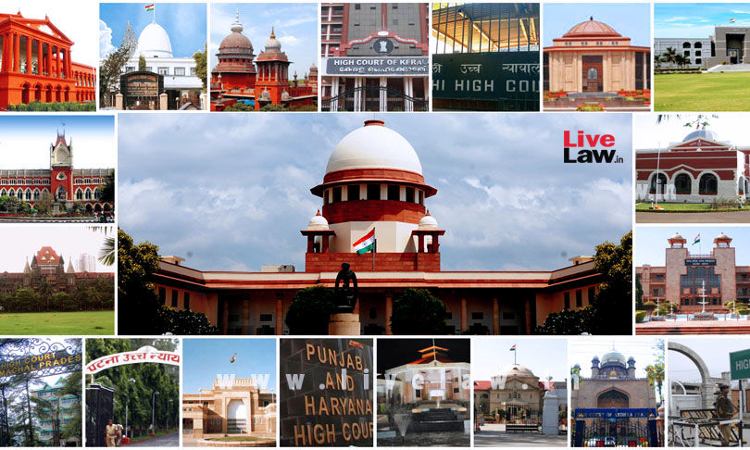'If Vacancies Are More Than 20% Sanctioned Strength' : Supreme Court Lays Down 5 Trigger Points To Appoint Ad-Hoc Judges In High Courts
Manu Sebastian
20 April 2021 6:26 PM IST

Ad-hoc appointments are intended to hear old pending cases; such appointments cannot be a substitute for regular appointment.
Next Story


